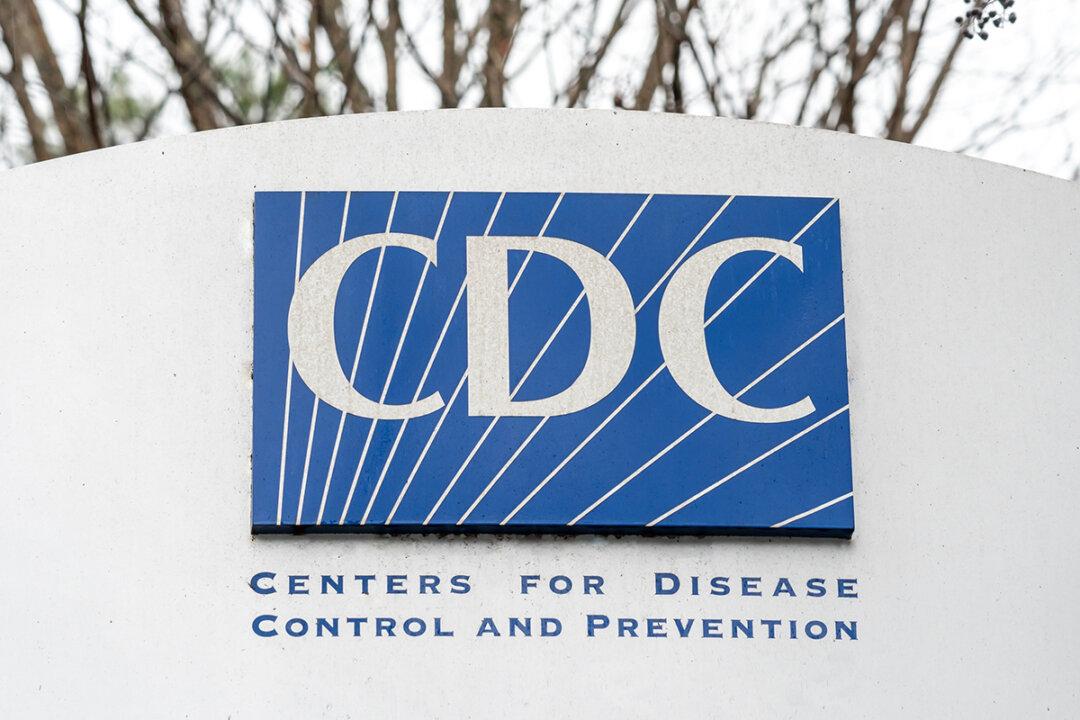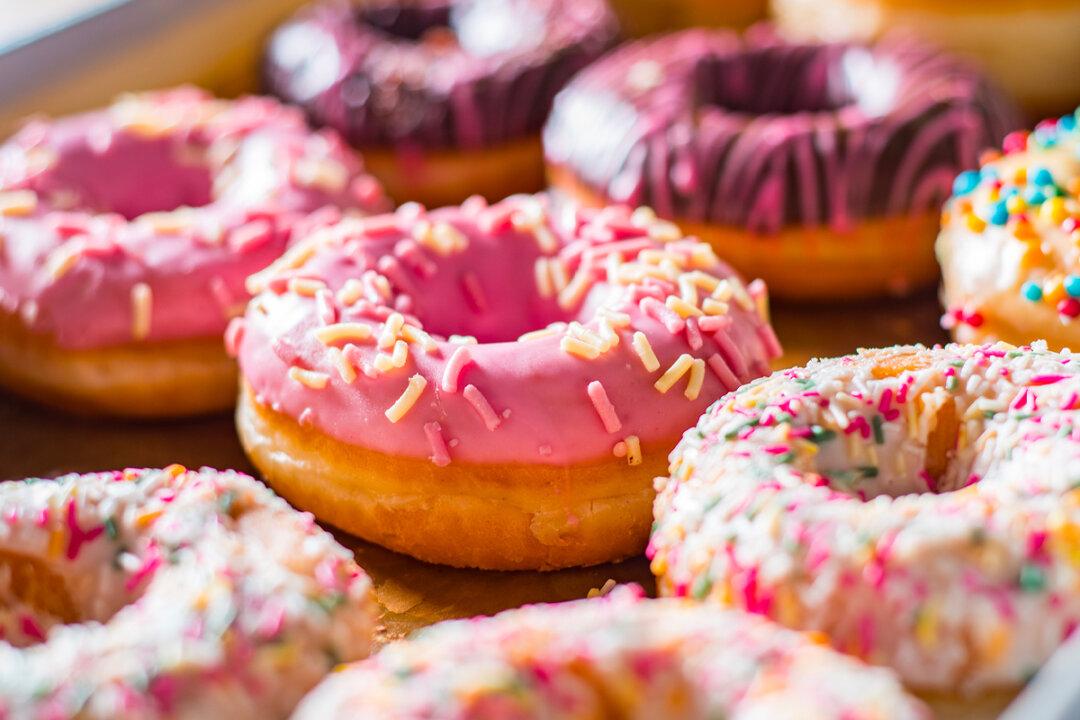Mouthwash is a bathroom staple in many households, but these minty antimicrobials could do more harm than good—harm that extends beyond people’s pearly whites, according to a new comprehensive study of the risks of mouthwash.
Although the number of ingredients and their concentrations vary among mouthwash brands, scientists have concluded that some ingredients in mouthwash are linked to side effects ranging from minor skin irritation and headaches to life-threatening conditions such as heart problems and cancer.
Researchers in Turkey examined 45 mouthwash formulas used by 17 commercial brands found in the five largest chain stores in Istanbul.
They found that 31 out of the 45 formulas (more than 68 percent) contained glycerin, associated with kidney and liver deterioration, 29 (more than 64 percent) included the known carcinogen sodium saccharin, and 28 (about 62 percent) contained propylene glycol—a chemical linked to organ failure when used in large doses.
Despite its link to tooth decay, the antiseptic chlorhexidine gluconate was included in 7 out of 45 formulas. Other ingredients, such as the plaque-reducing agent cetylpyridinium chloride and acid orange 7 dye, can cause tooth discoloration and staining.
Same Chemicals in Toothpaste
According to a paper published in the Bosnian Journal of Basic Medical Sciences, mouth rinses have practically the same composition as toothpaste. Some overlapping chemicals are:- Abrasives that remove substances on tooth surfaces without scratching them.
- Binders that prevent the product from drying out.
- Solvents that dissolve ingredients so they can be mixed. Water makes up the majority of solvents, but alcohol is also used.
- Foaming agents that enhance the cleaning effect.
- Flavoring agents that eliminate unpleasant smells and provide a refreshing taste, such as spearmint, peppermint, and eucalyptus.
- Coloring agents such as titanium dioxide, which is used to make toothpaste white.
- Preservatives that prevent the growth of microorganisms.
Mouthwash a Substitute for Toothpaste?
According to the American Dental Association (ADA), mouthwash isn’t meant to replace toothpaste but is a valuable addition. Swishing and gargling can help reach areas that are sometimes hard to reach with a toothbrush.Warnings, Recalls, and Other Risks
Several warnings and recalls have been released over the past decade regarding the dangers of mouthwash.Use of Both Mouthwash and Toothpaste Compounds Effects
“The purpose of the present study was to investigate the effects and intended usage of the ingredients included in commercially available mouthwashes as well as to identify any possible adverse impacts,” the study authors wrote. “According to the research on toothpaste, many compounds that might cause harmful effects ... can also be ingested through mouthwash, hence boosting the body’s concentration of these agents.”
It’s critical that chemicals with hazardous effects be eliminated from dental care products, they said. They recommended further research in this area to ensure consumer safety.





